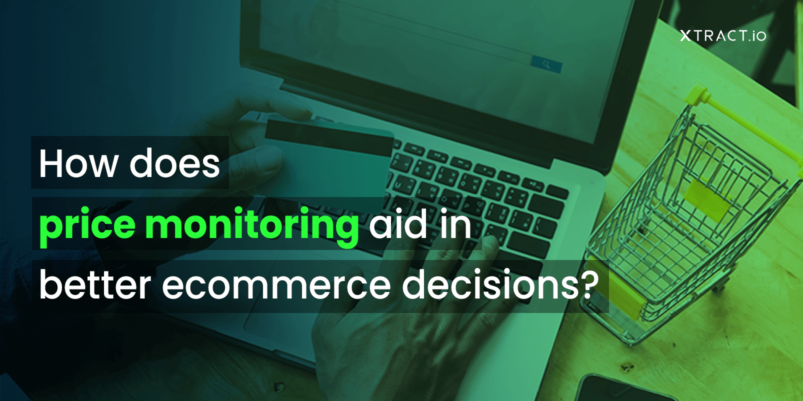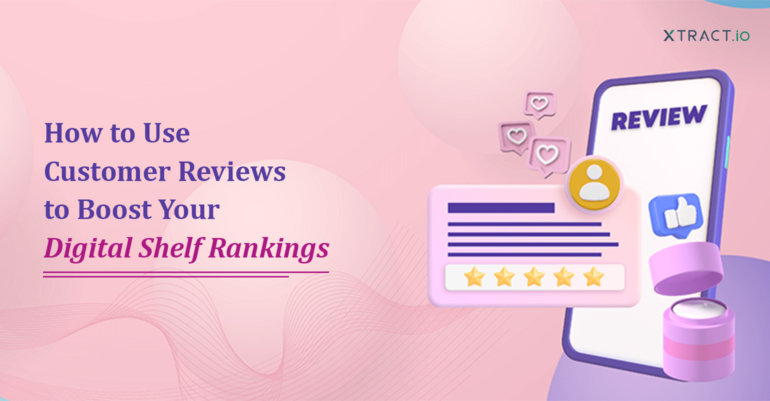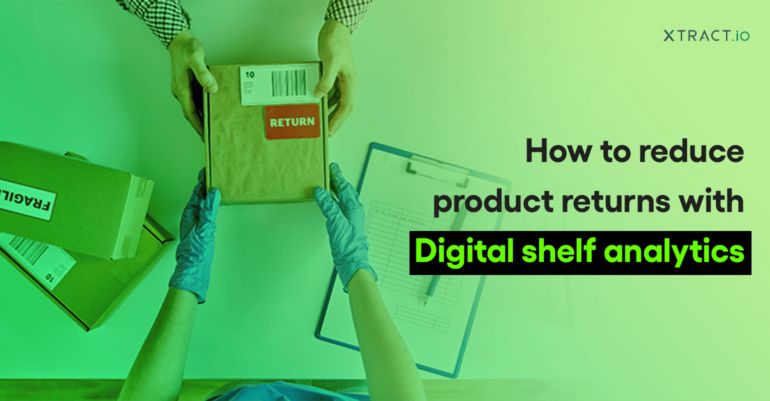Product price monitoring is crucial to ensure success in the rapidly growing ecommerce marketplaces. With countless online brands and retailers offering similar products, staying ahead of the competition and ensuring your pricing strategy is effective becomes essential. In this blog, we will explore how product price monitoring can aid in better ecommerce decisions and ultimately help businesses thrive in the online marketplace.
Understanding the importance of product price monitoring
One of the key benefits of product price monitoring is the ability to conduct competitive analysis. You can gain meaningful insight into your competitors’ pricing strategies by tracking and analyzing their pricing data. In this way, you can determine where to adjust your prices to remain competitive and how your prices stack up against the competition.
Additionally, product price monitoring enables you to identify trends in the market, such as price fluctuations or seasonal price changes. By staying on top of these trends, you can make proactive decisions that align with market demands and maximize profitability.
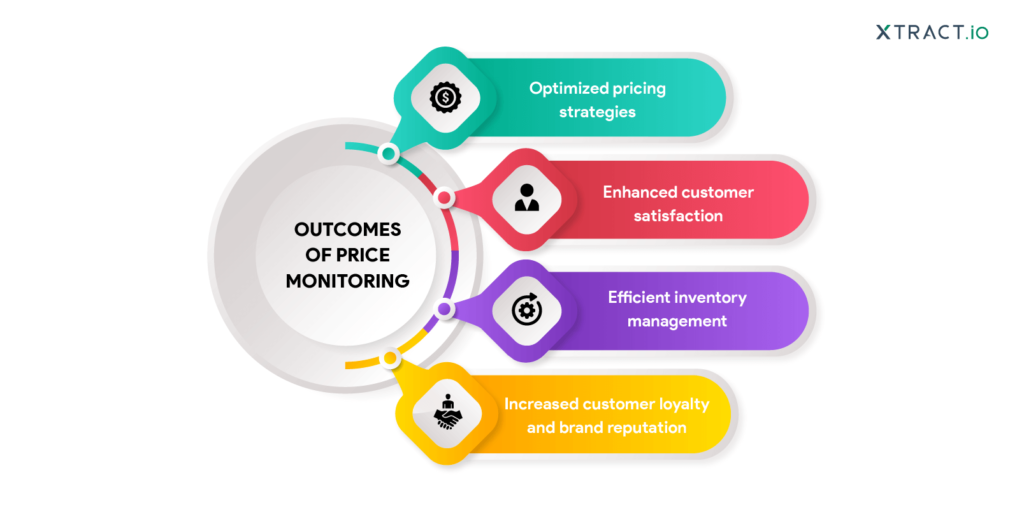
Optimizing pricing strategies
One way to optimize your pricing is by implementing dynamic pricing. You can track real-time competitor prices and adjust accordingly using digital shelf analytics. For instance, if you notice that a competitor has lowered their prices, you can react quickly by matching their prices. On the other hand, if you see that a competitor has increased their prices, you can take advantage of the opportunity to improve your own prices and maximize your profitability.
Another way to optimize your pricing is by identifying pricing trends and patterns in the market. You can adjust your prices during specific periods to boost sales or capture higher margins by monitoring fluctuations and seasonal price changes. For example, if you discover high demand for a particular product during a specific season, you can increase the price slightly to capitalize on the increased demand.
Furthermore, product price monitoring can help you identify pricing opportunities and gaps in the market. By regularly analyzing the pricing data, you can uncover products that are priced significantly higher or lower than your competitors. Powerful digital shelf analytics tools enable you to effectively track the pricing dynamics and help you make informed price adjustments that capitalize on market gaps.
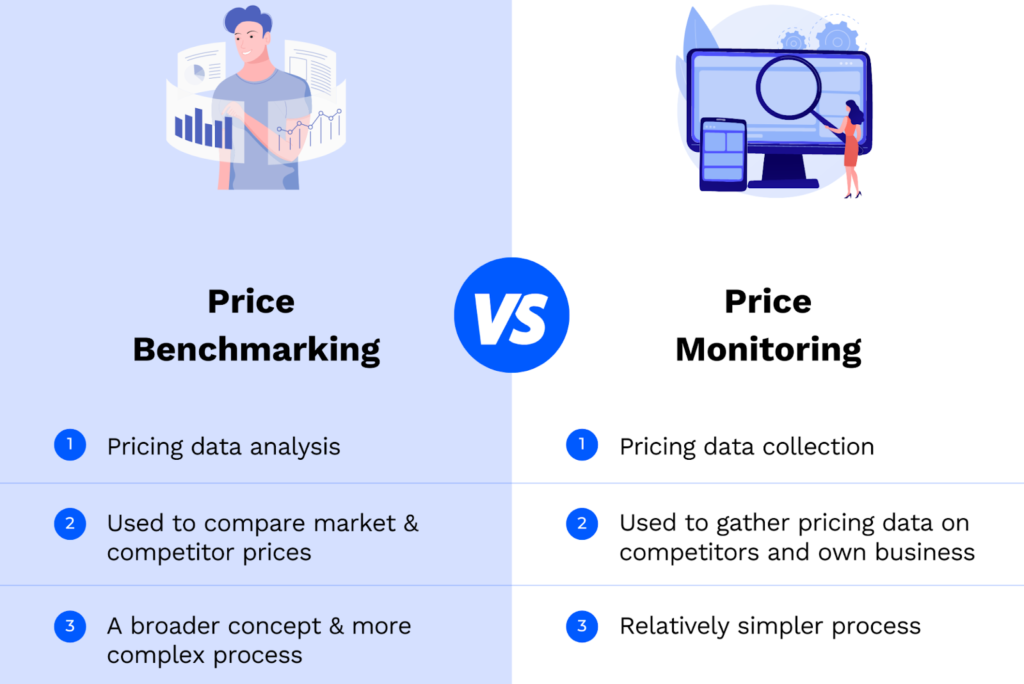
Enhancing customer satisfaction
Monitoring product prices not only aids in making informed pricing decisions but also improves customer satisfaction. Competitive pricing is a significant factor in your customers’ decision-making. When customers see that your prices are reasonable compared to other options in the market, they are more likely to choose your ecommerce product over others. This not only improves customer acquisition but also helps in boosting their satisfaction.
Product price monitoring allows you to identify and respond to real-time price changes. If you notice that a competitor has raised their prices, you can adjust yours to remain competitive and prevent the risk of losing customers.
Optimizing inventory management
One of the key challenges in ecommerce is managing inventory effectively. Overstocking can result in higher holding experiences and wastage, while understocking may result in missed sales opportunities and customer dissatisfaction. This is where product price monitoring can play a crucial role. By monitoring the prices of your products and comparing them with the market trends, you can make data-driven decisions about your stock availability and assortment.
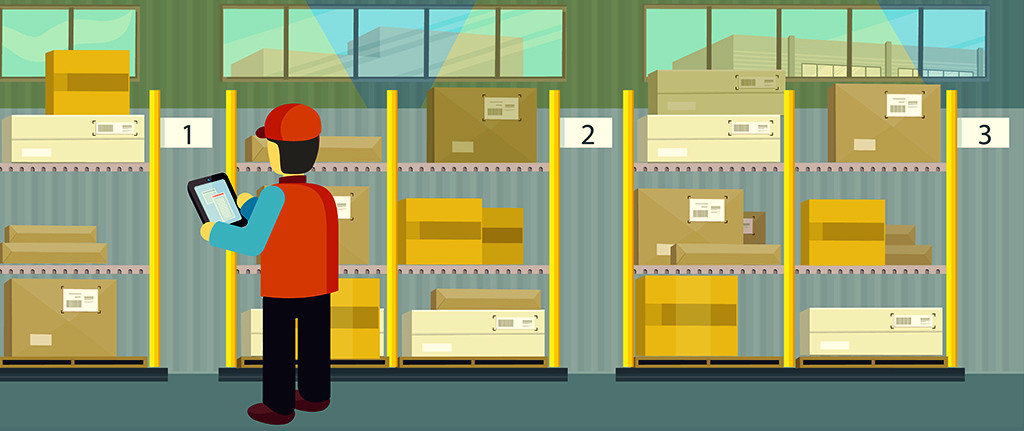
For instance, if you notice that a particular product is consistently selling at a higher price in the market, you can adjust your inventory levels accordingly to meet the anticipated demand. Similarly, find products experiencing a decline in demand and their prices decreasing in the market. This way, you can avoid holding excess stock that might take up valuable storage space and tie up your capital.
Moreover, you can identify seasonality and anticipate peak demand by analyzing price trends and patterns. Integrating price monitoring analytics into your inventory management strategy can help you optimize inventory levels, prevent stockouts, and respond to market demand effectively. By aligning your inventory with market price trends, you can increase customer satisfaction, minimize holding costs, and maximize your sales potential.
Enhancing customer loyalty and brand reputation
When customers find that your prices are fair and competitive, they are more likely to continue shopping with you and remain loyal to your brand. It is crucial to maintain consistency and price transparency in order to build customer trust and credibility. Moreover, product price monitoring informs you of these price differences and tracks MAP violations by sellers across marketplaces to safeguard your brand’s integrity and reputation.
By maintaining price consistency, you can demonstrate to your customers that their satisfaction and value for money are paramount to the brand. You can ensure customer loyalty and long-term relationships by showing that you put customer interests first. Maintaining competitive pricing requires diligent monitoring of competitor prices and your prices across channels for improved customer experiences.
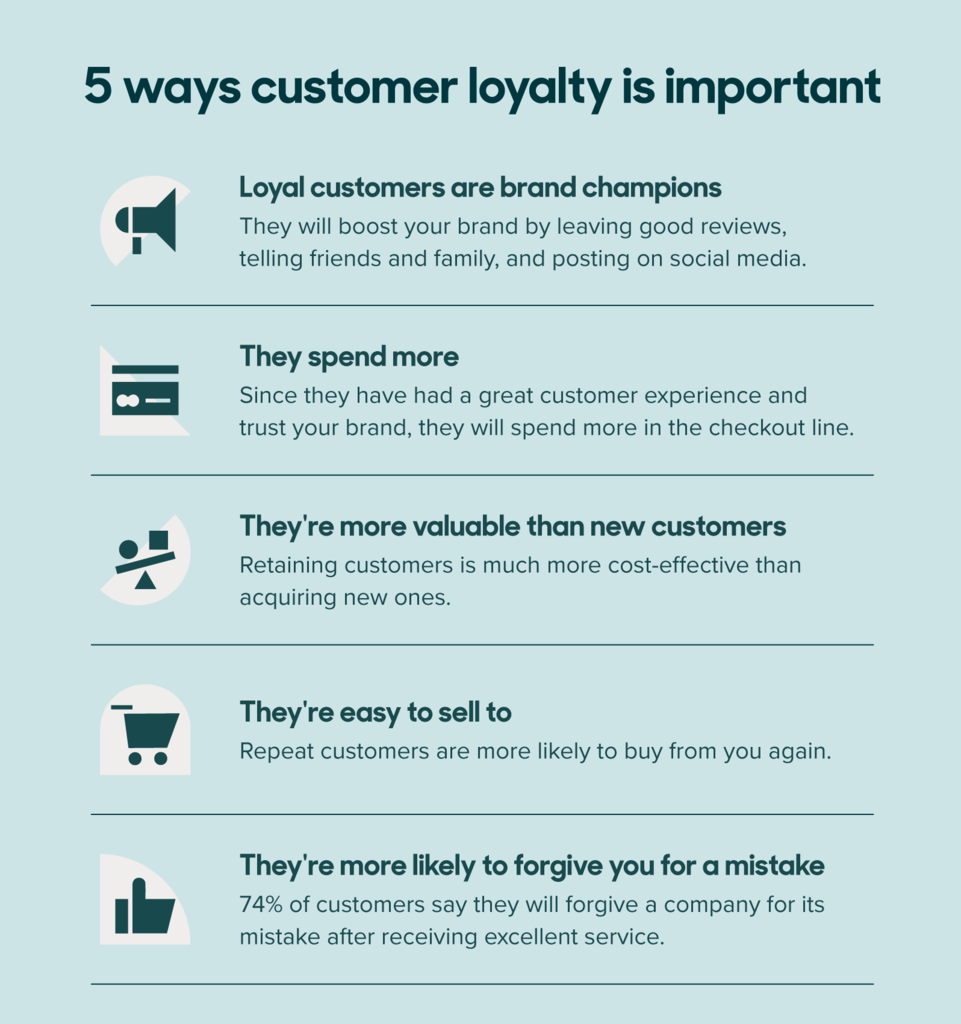
Leveraging Price Monitoring tool for better outcomes
Product price monitoring plays a significant role in shaping pricing strategies for ecommerce businesses. By continuously monitoring the prices of your products in the market, you can gather valuable insights that can inform your decision-making process.
Firstly, product price monitoring allows you to identify pricing trends and patterns in your industry. By studying how your competitors are pricing similar products, you can better understand the market dynamics to plan promotions or discounts accordingly
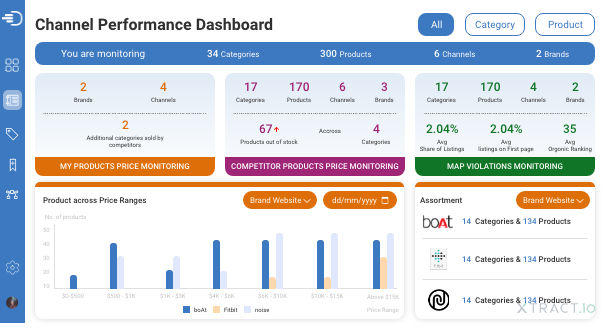
Secondly, it helps you optimize your pricing. With real-time data on market prices, you can identify opportunities to increase or decrease your prices in response to market demand and customer preferences. Identifying a competitive and profitable sweet spot enables you to maximize sales.
Lastly, it allows you to identify pricing errors, MAP violations, or inconsistencies that may damage your brand image. By promptly correcting these pricing errors and monitoring Minimum advertised price violations, you can prevent revenue loss and ensure your prices align with market expectations.
In a nutshell, price monitoring is a powerful tool that aids in better ecommerce decision-making. From enhancing customer loyalty to maximizing profitability, the insights gained through price monitoring enable businesses to make informed decisions that drive growth and success.
DigiSense360 provides a comprehensive suite of tools that help businesses track and monitor their competitors’ prices, identify pricing trends, and make informed decisions about pricing strategy. Get started with price monitoring today!


